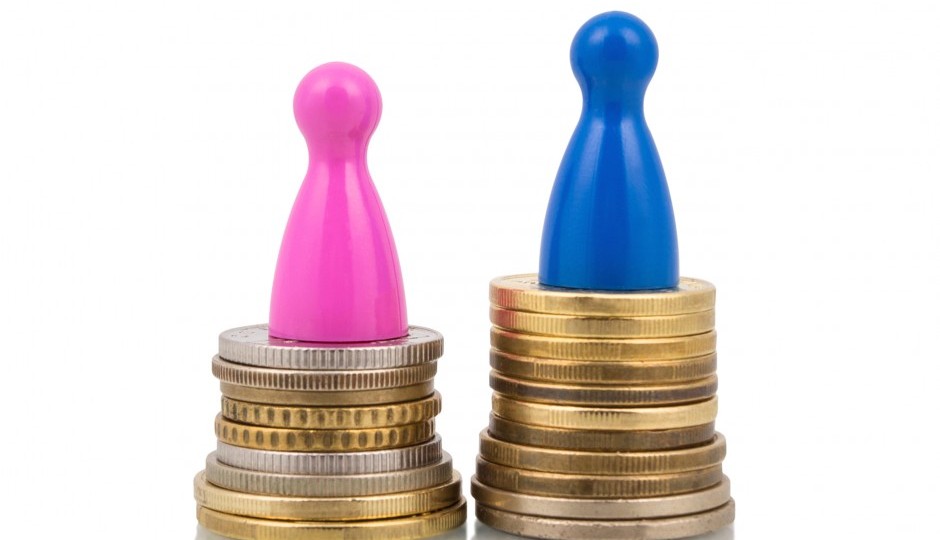What Cities Are Doing—or Not—to Promote Equal Pay

Shutterstock.com
Perhaps the most blogged-about moment of the Oscar’s happened after Patricia Arquette won the Best Supporting Actress category for Boyhood. She took the stage in her one-shoulder gown, delivered a passionate speech about income and motherhood and roused the best meme of the evening (courtesy of Margaret Thatcher and Gigli’s love interest). In case you missed the speech:
To every woman who gave birth, to every taxpayer and citizen of this nation, we have fought for everybody else’s equal rights. It’s our time to have wage equality once and for all, and equal rights for women in the United States of America.
Arquette’s subsequent off-stage commentary raised plenty of eyebrows, but she was nonetheless effective in drawing attention to the persistence of a gender wage gap in this country. In fact, probably more effective than voluminous news coverage in the past two years surrounding the Paycheck Fairness Act—as only the Hollywood lobby can do. But I digress.
Despite meriting mentions from President Obama in multiple State of the Union addresses, the gender wage gap has not been a priority for the U.S. Congress (to say the least). So some municipalities are starting, in modest ways, to tackle the problem themselves.
The most aggressive campaign to combat income disparities between men and women is in Boston. In 2013, then-Mayor Thomas Menino announced his ambition to make Greater Boston the “premier city for working women” in the country by asking companies to sign a voluntary compact committing the companies to anonymously hand over their wage data and consider suggestions from the Mayor’s office on workplace improvements, like incorporating gender-blind job applications. Within four months of its launch, the “100% Talent: The Boston Women’s Compact” had 50 employers, including large entities like the Boston Medical Center. The city had estimated Boston women earned 85 cents for every dollar earned by men. (Nationally, the gap is often estimated to be 77 cents—that’s the figure Obama cites—though the accuracy of the figure isn’t entirely clear.)
Before Boston, Seattle was ranked number one for wage disparity among the top metros in a study by the National Partnership for Women and Families, which shamed the mayor into announcing a task force on improving the gap.
The same study placed the Philadelphia metro area smack in the middle of the pack: 24th out of the 50 metros surveyed, with women earning 80 cents for every dollar a man gets paid. So what are city officials here doing to close the pay gap?
Well, there’s the recently enacted sick leave legislation, which is a boon for all workers, and chatter about a big minimum-wage push this spring. But those aren’t about the gender pay gap per se, and there looks to be precious little action around equal pay in City Hall, or Harrisburg, for that matter—an update to the state’s 1959 equal pay law was introduced last year but went nowhere.